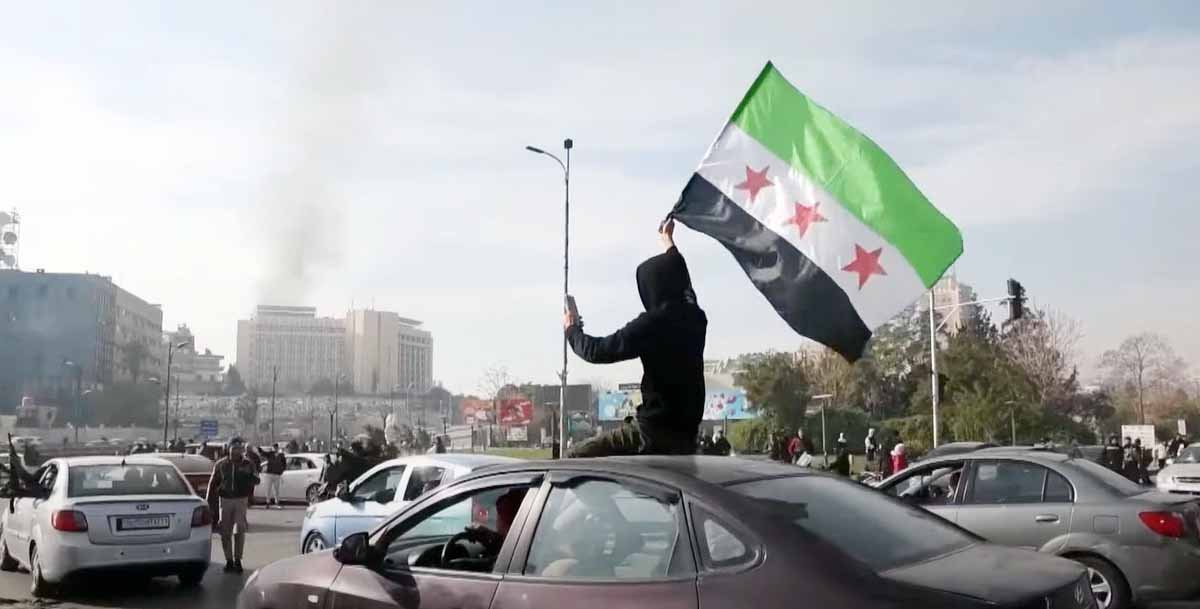Following more than a decade of strife, the fall of Bashar Assad’s regime marks the end of his family’s five-decade dominance over Syria. Rising rebel activity that captured Damascus, Homs, and other important cities brought the government down. For Syria, this event signals a turning point, although it also leaves great questions for the wartorn country.
An Old Fall from History
After his father, Hafez Assad, passed away in 2000, Bashar Assad took over and oversaw a government marked by authoritarian rule and frequent claims of abuses of human rights. Backing from friends like Russia, Iran, and Hezbollah gave Assad’s hold on power seeming stability despite years of political upheaval and foreign sanctions. However, recent geopolitical shifts left Assad isolated. Al Jazeera claims that Russia’s emphasis on its battle in Ukraine and Hezbollah’s diminished influence after deliberate strikes helped to bring about the fall of the government.
Claiming Damascus over the weekend, the opposition coalition started a calculated attack. Footage circulated showing rebel soldiers demolishing military checkpoints and abandoned regime strongholds. Declaring, “This marks the end of an era of oppression and the dawn of a new democratic Syria,” opposition leader Hassan Abdul Ghany said.
The Rebel Advance
The rebels’ approach concentrated on disrupting supply lines and hitting regime-controlled districts simultaneously. Reuters claimed that the rapid conquest of Daraa, Homs, and other provincial capitals indicated precise cooperation. Notably, Homs—an essential gateway between Damascus and coastal strongholds—was a critical victory.
Amid these developments, Assad apparently escaped the capital early Sunday, leaving his whereabouts unclear. According to The Independent, Syrian state media referred to the advancing rebels as “terrorists,” signifying continuous propaganda efforts even in the regime’s dying moments.
Implications for Syria and Beyond
While many Syrians hailed the regime’s fall, the nation faced a bleak future. Analysts underline the potential of fragmentation as diverse factions—ranging from secular groupings to Islamist coalitions—vie for prominence. This instability affects the hopes of restoration and econciliation.
Internationally, Assad’s departure offers strategic challenges. Western nations, previously reticent to engage with Assad’s Syria, now confront decisions on how to assist or contact with the rising leadership. Additionally, the fall diminishes Russia and Iran’s regional dominance, signifying a potential shift in Middle Eastern geopolitics.
The Human Cost
The war, which began in 2011 as nonviolent rallies against Assad’s regime, has destroyed the Syrian population. Over 500,000 lives have been lost, and millions remain displaced. A citizen of Homs, speaking to BBC, observed, “We’ve waited years for this moment, but the scars of war run deep. We need peace, not more bloodshed.”
Conclusion
The demise of Assad is both a pivotal moment and a problem for Syria’s future. As celebrations resonate throughout freed cities, the attention now moves to mending a divided nation. Whether Syria can emerge from this conflict united and democratic remains questionable, but for now, many Syrians cling to hope for a brighter future.
Sources

